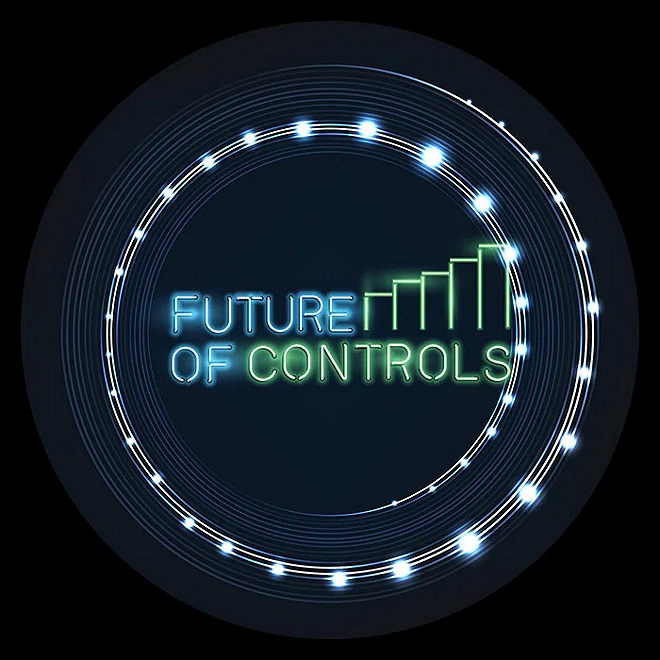The connecting force: Risk intelligence platforms enabling decisions
Bridge silos | Improve transparency | Support decision-making
Driven by forces such as globalization, digitalization, social media and dependence on information technology, risks and risk events are more interrelated than ever. Yet many organizations still employ siloed approaches to risk management which can hamper the organization’s responsiveness and resilience as well as risk-based decision-making.
While some organizations have developed integrated risk intelligence frameworks, an integrated platform is needed to bridge siloes and provide an enterprise-wide view of risks.
It enables people at all levels to fulfill their risk-related responsibilities. It also supports risk-based decision-making and digitalization initiatives while enhancing the ability to address risks proactively and to recover from risk events.
What is an integrated risk intelligence platform?
An integrated risk intelligence platform is not an enterprise resource planning (ERP) or governance, risk and compliance (GRC) system. It is the totality of the risk management processes, tools, technologies, methodologies, and reporting mechanisms, and it enables people to put those elements into action more rapidly, effectively, and economically.
An integrated platform links the business strategy with the risk strategy and improves performance in that it operationalizes the three lines of risk management by:
- Providing the first line, which owns and manages risk, with relevant, timely, actionable information and insights.
- Enabling the second line, which supports the first line, to provide better support and proactive guidance to the business.
- Positioning the third line, internal audit, to more effectively allocate assurance resources and move toward automated assurance.
By integrating risk intelligence with planning, forecasting, performance measurement, and other systems, the platform illuminates relationships between risk management and performance management.
Aligning people, processes, and technology
An integrated risk intelligence platform aligns people, processes and technology to support risk-based decision-making in the following ways:
- From the people perspective, this means leveraging business, functional, and risk managers’ expertise in the design of the platform.
- From the process perspective, this entails establishing data flows parallel to the processes that address risks in keeping with the organization’s desired risk profile, risk appetite, and risk tolerances.
- From the technology perspective, systems of data capture, analysis, and distribution deliver the right information to the right people at the right time.
In aligning people, processes, and technology within one platform, the organization can position decision makers to take specific steps to mitigate a risk or escalate notification.
A platform for improving performance
Developing an integrated risk intelligence platform presents business, financial, operational, and risk managers with valuable opportunities. The benefits of an integrated platform result from its serving as a central repository of not only risk data, but also of risk-related policies and procedures. A solid information flow will integrate risk-related real time information into your every decision-making process and goes far beyond key risk indicators (KRIs) and key performance indicators (KPIs). Thus, it helps to foster clear decisions regarding risk acceptance and mitigation. Read the full report to learn more.
This article is part our Integrated Risk Management series, which explores various themes and approaches to management and governing risk.

Let’s get started
How an organization starts constructing its integrated risk intelligence platform largely depends on the current state of its risk intelligence and risk information infrastructure. Wherever your organization is on its journey to integrated risk management, we are here to assist you.



